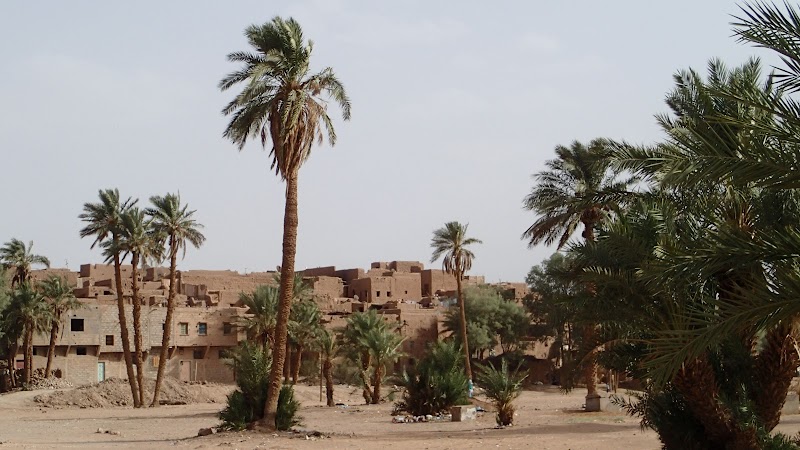
Draa River Valley Adventures
The Draa River Valley is known for its stunning desert landscapes and historical significance, attracting outdoor enthusiasts and cultural explorers alike.
About Draa River Valley

The Draa River Valley stretches across southern Morocco, offering a captivating blend of arid landscapes, ancient kasbahs, and flourishing date palm oases. This region, marked by the vast expanse of the Saharan environment, is the longest river valley of Morocco. The valley holds historical significance as a vital trade route connecting the Sahara Desert to the more fertile regions in Morocco's north. As you explore this region, you'll find a rich tapestry of Berber culture and history in the form of traditional ksars (castles) and villages. Botanically, the valley is characterized by its resilient plant species, which have adapted to the harsh desert climate. Key recreation opportunities include trekking in the surrounding mountains, discovering the ancient architecture of the kasbahs, and engaging with local communities to learn about their cultural practices. The valley is a destination for those interested in photography, hiking, and cultural tourism. Outdoor enthusiasts can traverse the various trails that weave through the unique geography, embracing the stark beauty of the desert landscape intertwined with a green strip of life supported by the river.
Highlights
The ancient kasbahs of the Draa Valley, which stand as historical testaments to the region's rich past.
The lush date palm oases that provide a stark contrast to the surrounding desert landscape.
The rich cultural heritage of the local Berber communities, offering unique insights into their traditional way of life.
Treks through the stunning desert landscapes, offering opportunities for solitude and introspection.
Notable Natural Features
Kasbah Ait Ben Haddou
A UNESCO World Heritage site known for its clay architecture and historical significance.
Zagora Desert
A gateway to the Sahara, offering vast dunes and stunning desert experiences.
Ouarzazate Studios
The 'Hollywood of Africa,' where many famous films have been shot, including scenes for Game of Thrones.
